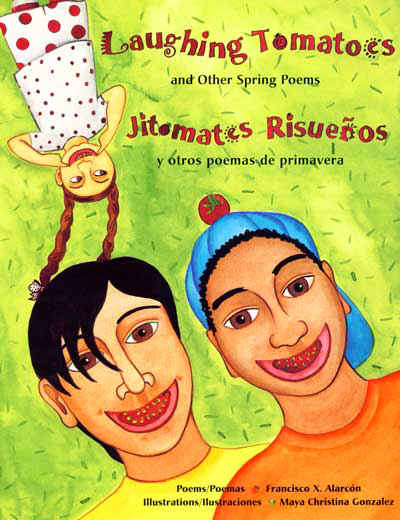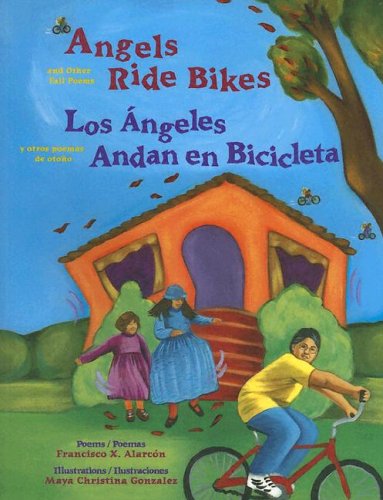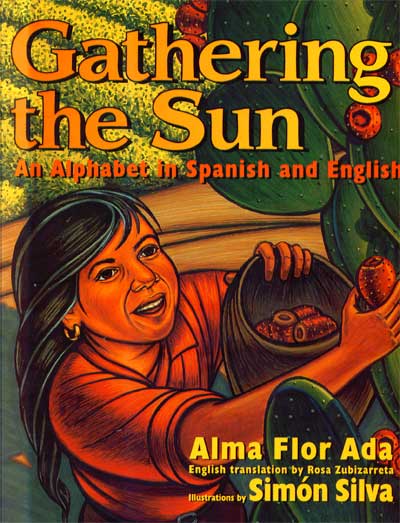Did you know that the first year of a child’s life is a critical period for establishing fluency in a language?
Don’t freak out, however, if the children in your life weren’t babbling in two languages before they could walk. There are developmental changes in the brain around puberty that may make learning language a bit more difficult, but that doesn’t mean children and adults of all languages can’t become proficient in one more more foreign languages. Bilingualism hasn’t been shown to cause any long-term delay in the development of English-language skills, even for students enrolled in language immersion programs at school.
Remember, too, that bilingualism has benefits beyond the second language. Children who are learning a second language, or acquiring two languages simultaneously, may also exhibit earlier reading, better problem-solving skills, and higher scores on both the verbal and mathematical sections of the SAT than monolingual students. Bilingualism also opens the doors to a broader spectrum of careers.
Why this gift matters
As you can see from the benefits discussed above, children benefit tremendously—in both the short and long term—from learning a second language. By setting a child on the path to bilingualism, or encouraging a child who is already on that path, you are enabling the development of crucial intellectual and social skills.
Here, then, are some gifts that assist, in a variety of ways and at different life stages, in the acquisition of a second language. I’m focusing on Spanish here, since it’s one of the most popular second languages in the United States, but of course you should consider the child’s heritage, geographical region, and aspirations before selecting a gift.
At the time I’m writing this post, these books cost less than $8 each in paperback, so a gift of two or more books may be well within your reach—and how delightfully these books work in dialogue with one another!
Bilingual poetry
According to Francisco Alarcón, a poet and professor at the University of California, Davis, who also conducts poetry workshops for children, poetry can be an incredibly useful tool in introducing children to other cultures and in helping them to develop language skills:
Poetry is an effective tool in teaching a language to children because with very few words it conveys a great deal of meaning. Alarcón says poetry is direct, easy to understand and open to multiple interpretations, which makes children active participants. Through his own teaching at children’s poetry workshops, Alarcón says he sees youngsters feel comfortable in interpreting poetry and expressing feelings that the poetry provokes.
Here’s a terrific interview with Alarcón about bilingualism and his work:
Here is a series of Alarcón’s books of bilingual poetry for children, each book based on a season of the year. Each poem appears in Spanish and English.
Alarcon’s books of poetry are fabulous for kindergarteners through fifth graders, as they’re enjoyable as works of literature and folk art (the illustrations are vibrant) and because they are terrific tools for exploring how to express the same ideas in different languages. The poems are simple but meaningful and fun. They also can—and will—inspire children to write poems and illustrate them.
From the Bellybutton of the Moon
Alarcón continues his series on the seasons with this playful book. The School Library Journal declared that in this book, “Alarcon exhibits a tremendous talent for imbuing quotidian objects and concepts with dignity and jubilation. For example, in ‘Island,’ he writes that ‘every island / dreams / of being / a continent,’ and in ‘Ode to My Shoes,’ he describes a little boy’s sneakers that ‘…fall asleep / and dream / of walking….'” Again Alarcon and illustrator Mara Christina Gonzalez have produced a terrific book for children age 5 through 10—though I’ll definitely be sharing this one with my 4-year-old as well!
In the U.S., when we think of autumn, many of us summon images of rural rolling hills and valleys emblazoned with orange and yellow leaves. Alarcón offers a different, but similarly compelling, vision of an urban autumn in Los Angeles, the City of Angels. For example, consider these lines about the city, seen from the sky on a clear fall night: “it looks like / a constellation / of stars / fallen / to the ground.” Whimsical and wonderful for the kindergarten through fifth-grade set.
This book’s title came about because, as one poem illustrates, children frolicking in the snow reminded Alarcón of iguanas playing in Mexico. Again readers are treated to playful poetry and images that leap from map collages to lizards to redwood seedlings. Children and adults will enjoy the playfulness of the lyrics and illustrations.
Gathering the Sun: An Alphabet in Spanish and English by Alma Flor Ada
Gathering the Sun is a beautifully illustrated book of exceptionally strong poetry that, through poems in Spanish and English, teaches children about the experiences of Latino agricultural workers. The book works through the alphabet (A is for Arboles, B is for betabel, C is for César Chávez) examining trees, plants, fruits, vegetables, people, and feelings. The poems were originally written in Spanish, and the English translations feel a bit rigid to adults, but this book’s intended audience—preschoolers through fifth graders—likely will not notice this stiffness. Highly recommended, in part because these illustrations are not to be missed!
What are your favorite books of poetry for children?





I would just like to point out, that although I am bilingual, and I plan on raising my children (one on the way) to speak English and Spanish, when research says that the first year of a child’s life is a critical period for learning language, that mostly means their first language. I have a master’s degree in ESL/bilingual education and I studied specifically what it takes to learn a second language. Although many people say that children learn it easier, mostly they refer to common language and the ability to speak without sounding like a foreigner. Young children do not necessarily learn a second language better than older children or adults. Literate people bring their knowledge of their first language when learning a second. they understand the difference between parts of speech, questions and statements, verb tenses, etc.
So while I do encourage parents to try to help their children learn a second language, please do not feel that if you don’t start in the first year, all is lost. Also, if the only experience the child has with a second language is through flash cards or DVDs, don’t expect them to become bilingual. Learning a second language, just like your first, is best done in a meaningful context, like hearing adults use it, or using language for a real purpose.
Lisa’s thoughts are very correct – pedagogically speaking. In India, we learn a whole bunch of languages at once and while every child may learn 3 languages, not all of them speak all the languages well.
Flash cards and electronic DVDs are probably the worst thing you can do to your child. Children also learn speech by the vibrations produced by a speaker and feel the nuances and cadence of the language through these vibrations produced. If you want your child to learn another tongue, wait till they are older and get a professional teacher.